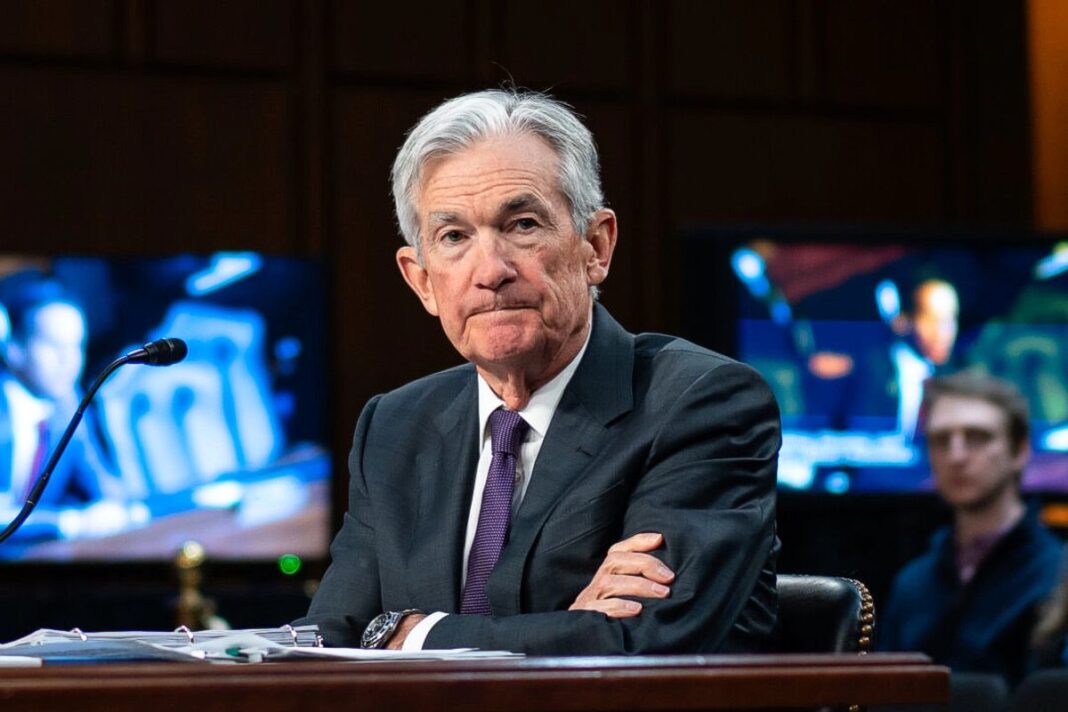Federal Reserve officials have expressed caution before taking policy action again.
President Donald Trump on June 4 repeated his demand for Federal Reserve chair Jerome Powell to cut interest rates.
“ADP number out! ‘Too Late’ Powell must now lower the rate,” Trump said in a Truth Social post. “He is unbelievable! Europe has lowered nine times!”
Trump’s remarks came minutes after the worse-than-expected ADP jobs report.
According to the payroll processor’s National Employment Report, private payrolls rose by just 37,000 in May, the lowest increase since March 2023.
The disappointing number comes days before the Bureau of Labor Statistics releases the May jobs report. Early forecasts suggest the U.S. economy added 130,000 new jobs last month.
Trump has regularly pressured Powell to follow through on rate cuts to bolster economic growth.
For the first time this term, Trump met with Powell at the White House last week to talk about the economy.
In a May 29 readout, the Fed confirmed that the future path of monetary policy was not discussed. “Chair Powell did not discuss his expectations for monetary policy, except to stress that the path of policy will depend entirely on incoming economic information and what that means for the outlook,” the central bank statement said.
White House press secretary Karoline Leavitt, speaking to reporters at a press briefing, confirmed that the president expressed his opinion that the Federal Reserve is “making a mistake” by not restarting its rate-cutting cycle and is placing the United States at an economic disadvantage.
“The president’s been very vocal about that, both publicly and now I can reveal privately as well,” Leavitt said.
Last month, Trump wrote on the social media platform that “the consensus of almost everybody” is that the Fed should lower interest rates.
Navigating Fed Thinking
Federal Reserve officials have indicated they can afford to be patient before adjusting the policy rate.
Inflation is slightly above the 2 percent target, U.S. economic activity is robust, and the labor market is in balance. This satisfies the Fed’s congressionally authorized dual mandate of price stability and maximum employment.
However, the challenge for the monetary authorities this year has been the tariff-driven uncertainty.
By Andrew Moran








